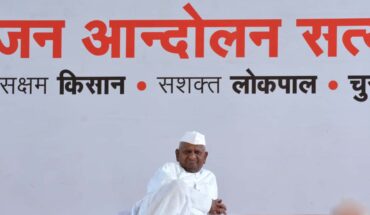The Government recently increased the returns on a handful of small savings instruments for the ongoing October to December quarter by 0.1 to 0.3 percentage points. Popular investment avenues for the middle class such as the Public Provident Fund (PPF) and the National Savings Certificate were left out. On paper, the returns on these instruments are to be reset on a market-determined basis, with a spread of 0 to 100 basis points (one basis point equals 0.01%) over the yields on government securities with comparable maturities. That this has not been adhered to is evident even at a cursory glance, given the long pause between rate changes. Following interest rate hikes this year to curb inflation, government securities’ yields have been shooting up. This month, the Reserve Bank of India (RBI) said that interest rates offered on various schemes in the current quarter are 44 to 77 basis points below the formula-implied rates. For households that have been grappling with 6%-plus inflation since January, punctuated by a few months of 7%-plus price rise, these meagre hikes are far from enough to lift sentiment. The last time rates were hiked was in January 2019, just ahead of the Lok Sabha election. In March 2021, the Government had announced further cuts ranging from 0.4% to 1.1%, but withdrew the decision overnight, citing an ‘oversight’ amid a poll campaign for five States. However, even as a token gesture to voters in upcoming polls, this latest tweak in small savings rates does not make the cut. As the RBI’s top brass warned earlier, negative returns have serious consequences for the economy if households, which are the biggest lenders, stop parking their savings in such fixed income instruments and banks. The next quarter should see a fairer and healthier reset of returns to negate inflation’s dent on household savings.
Small savings rates should be pegged higher
|
October 29, 2022 |






